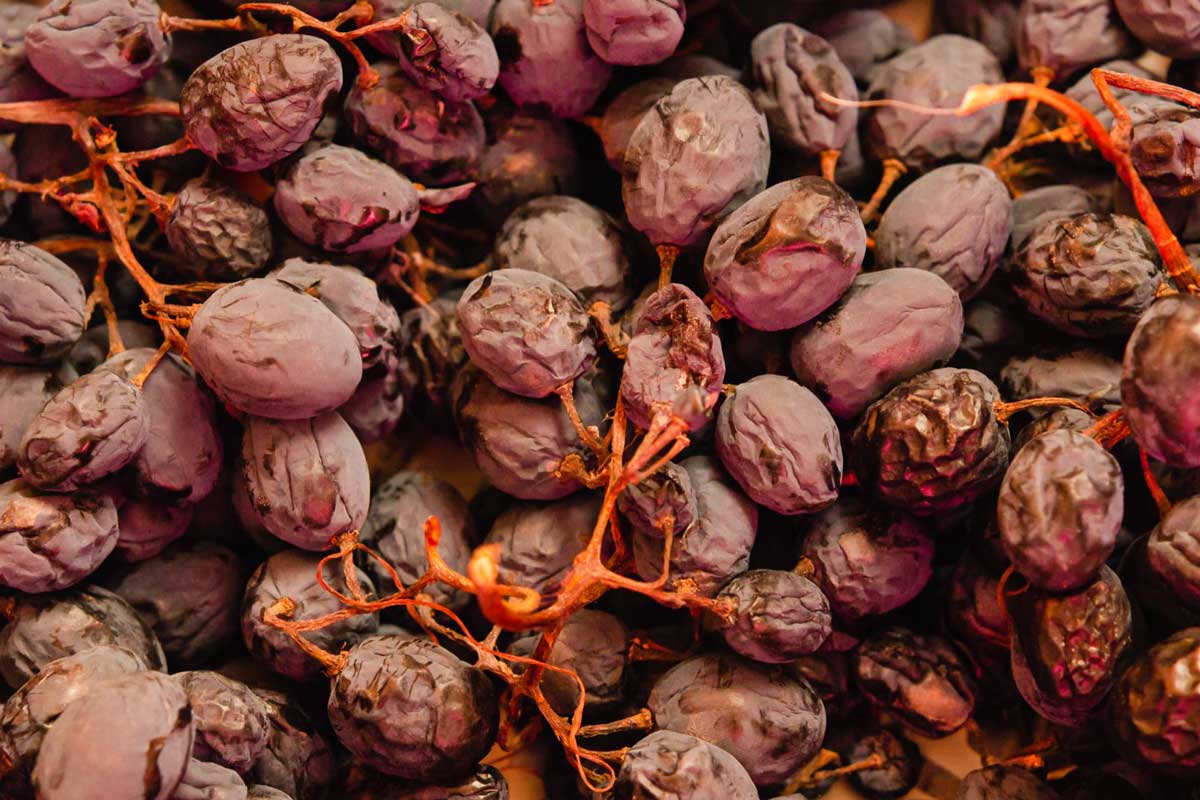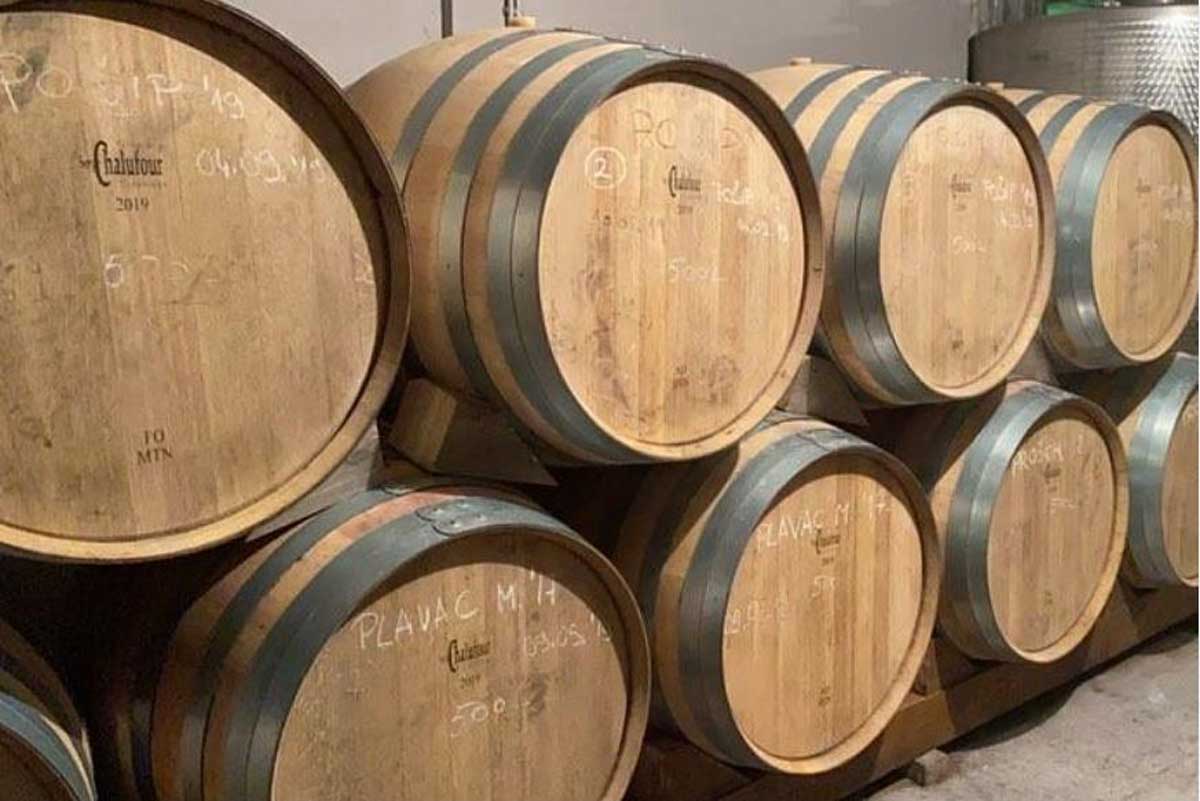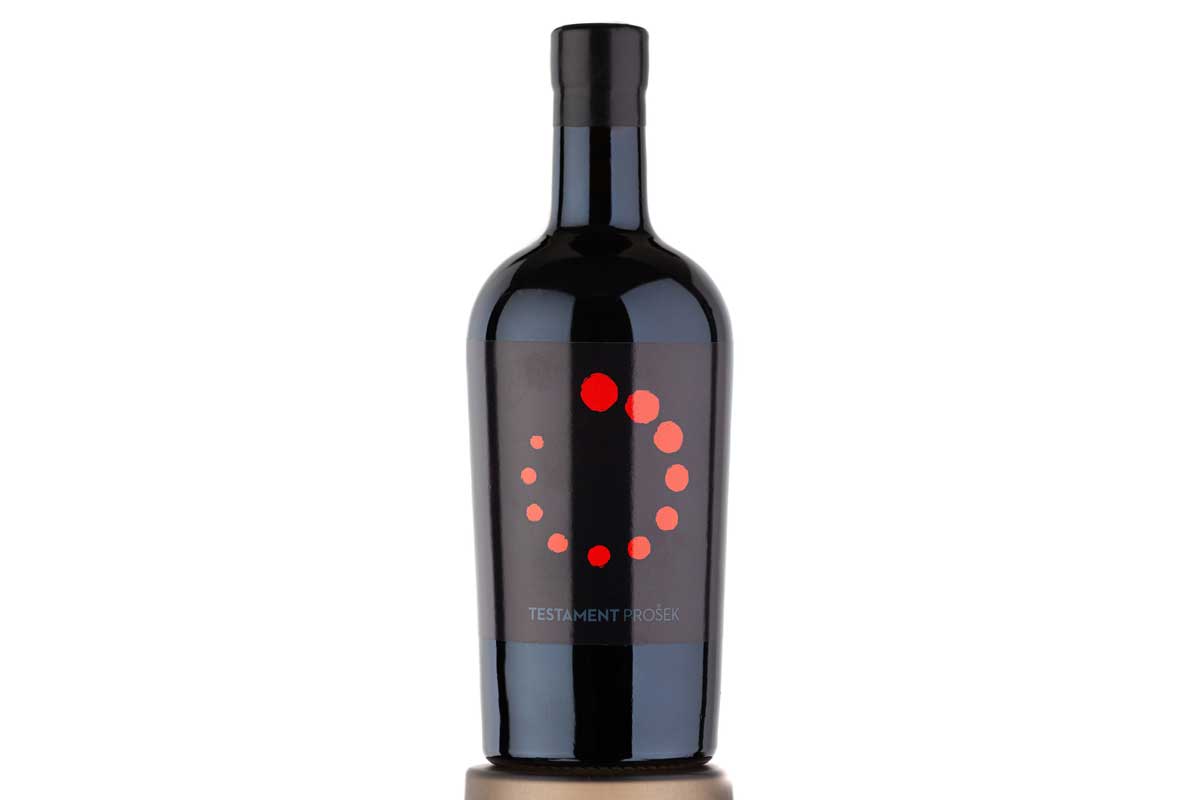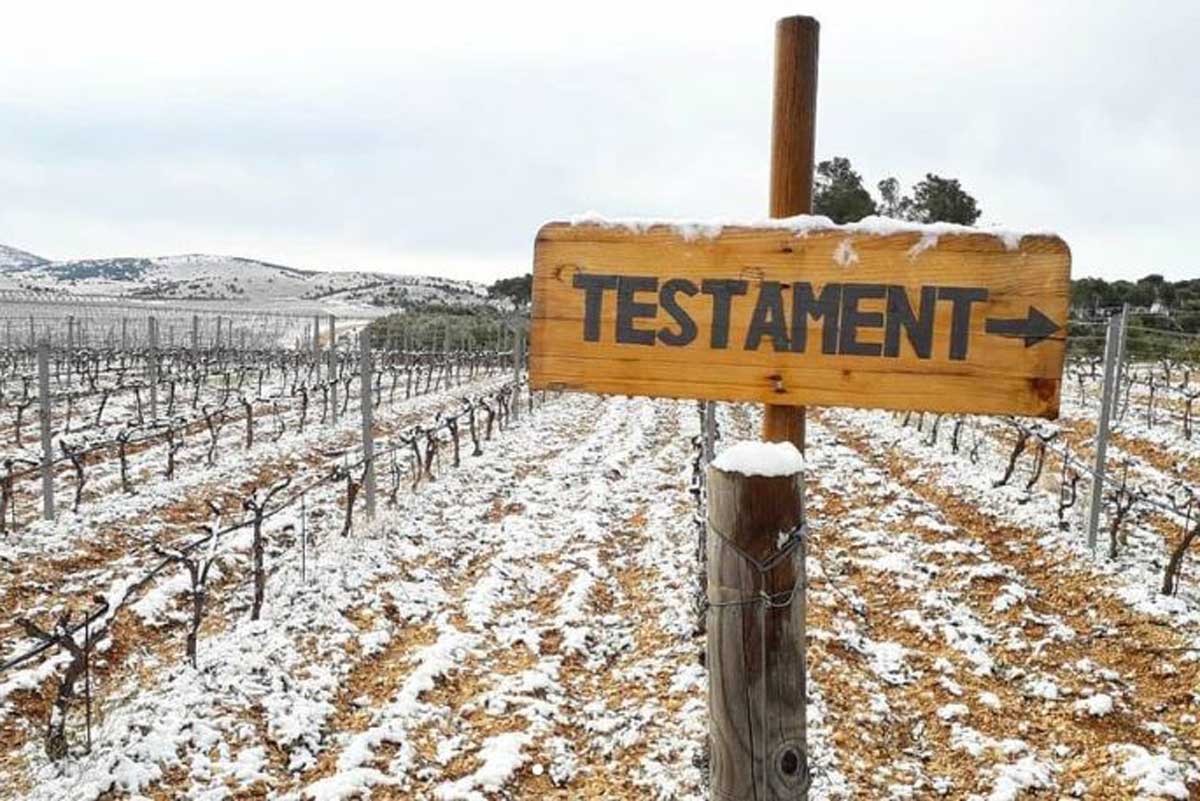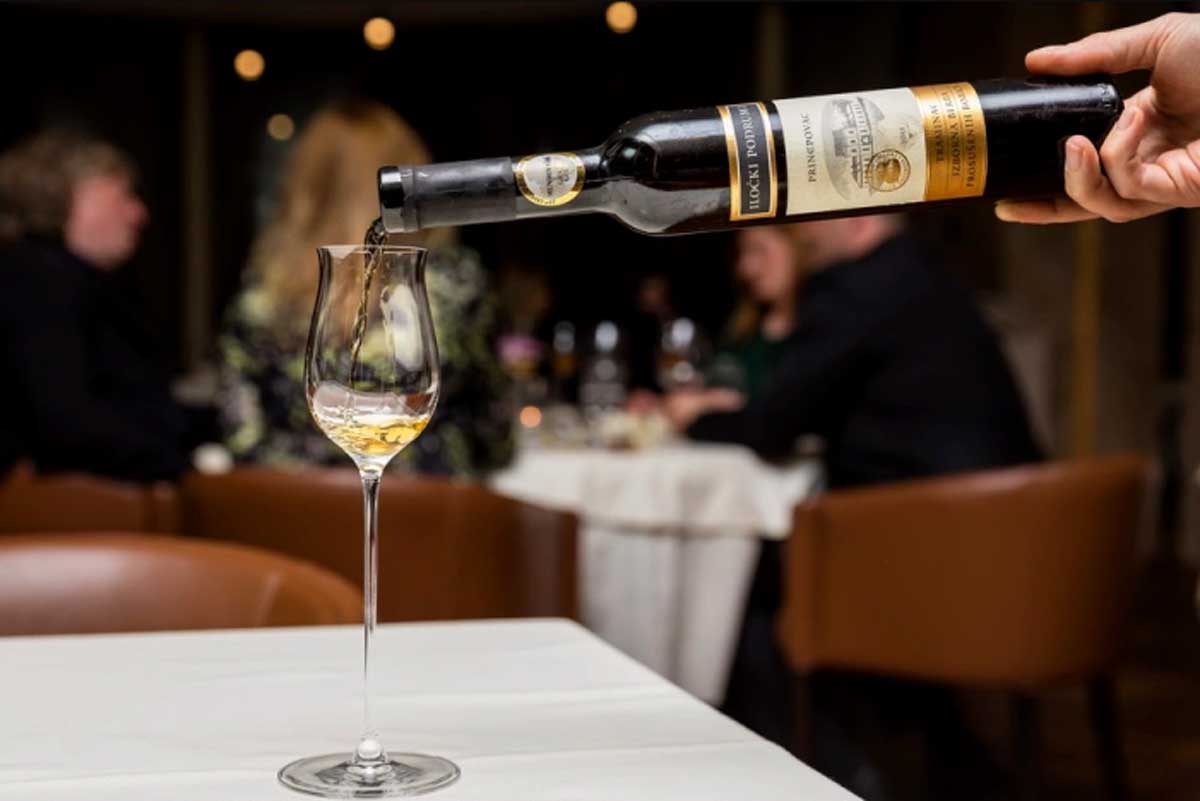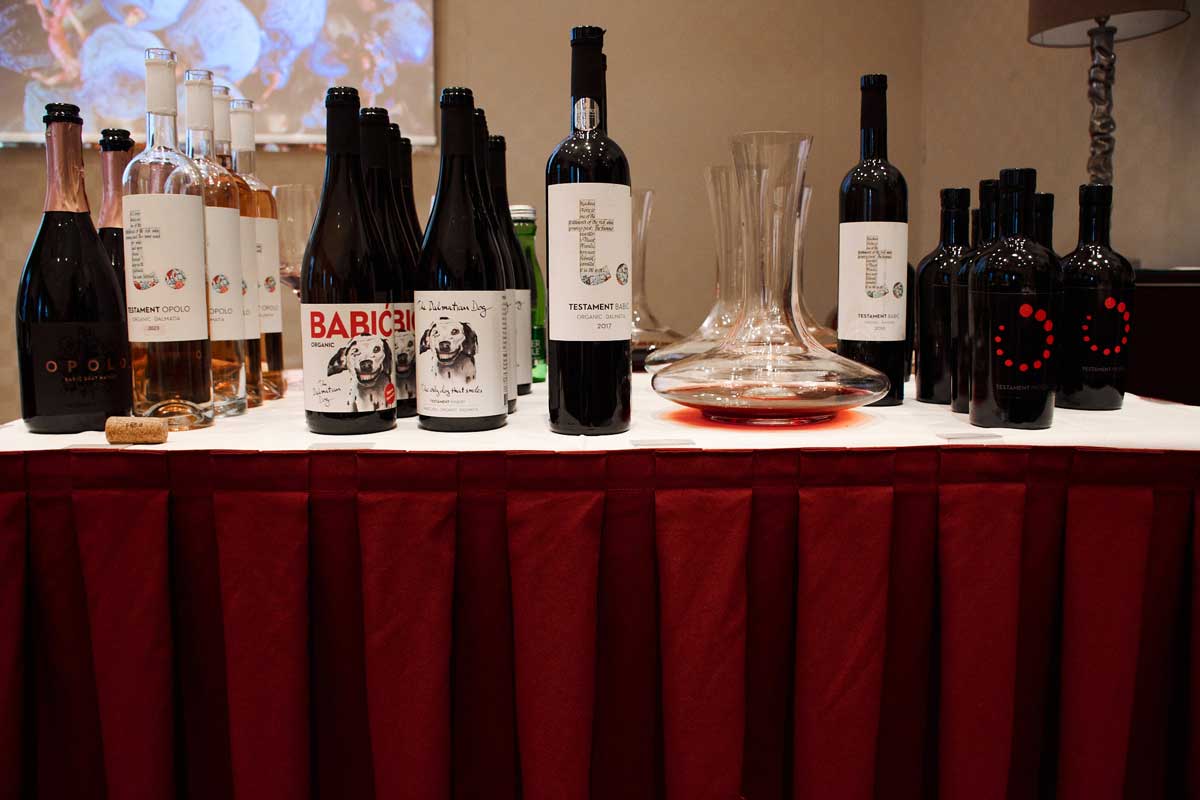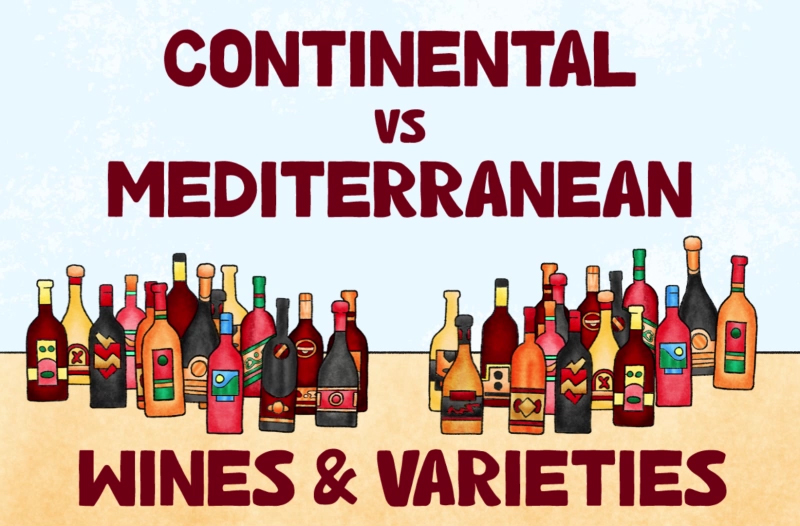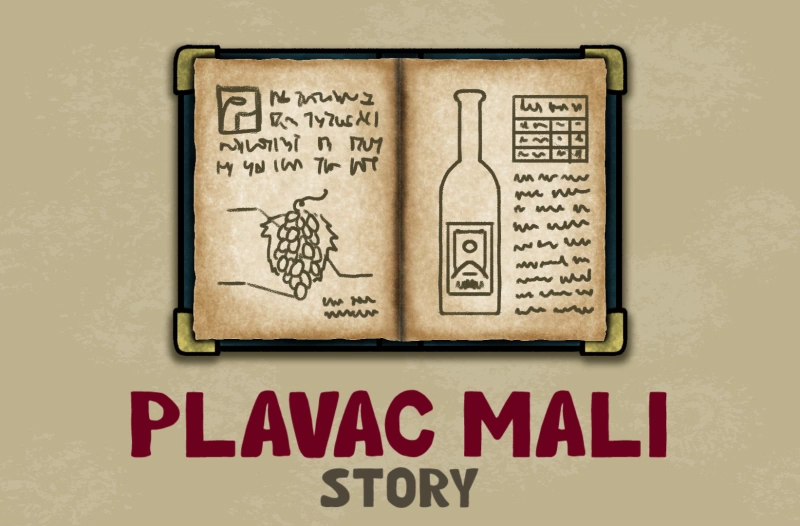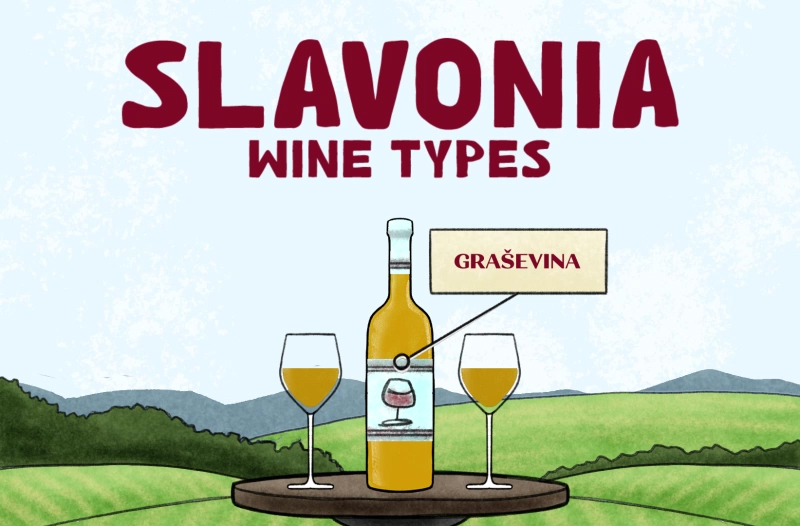Prošek Explained / The Best Dessert Wine in the World
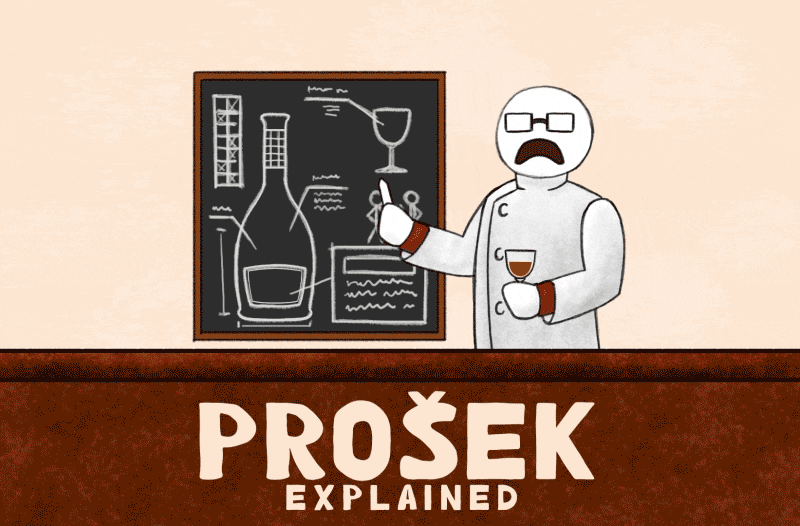
This Croatian masterpiece embodies a rich tradition and showcases the unique terroir of its origin.
Croatia’s answer to dessert wine, Prošek, is not just any sweet beverage—it’s an artisanal delicacy crafted with precision and care. Made predominantly from indigenous grape varieties like Maraština, Bogdanuša, Grk, Plavac Mali, or Babić, this wine undergoes a drying process that concentrates its flavors, resulting in a symphony of apricot, raisin, figs, and citrus notes on your palate.
As we delve into the world of Prošek and other remarkable Croatian dessert wines, you will discover why these bottles are esteemed by connoisseurs worldwide.
A Brief Overview of Dessert Wines
Dessert wines come in a sweet variety, perfect for ending a meal on a high note. They’re made through unique processes, which result in their rich flavors and high sugar content.
The classification of dessert wines
Dessert wines bring a sweet close to any meal, fascinating the palate with their richness and variety. Each type unfolds its distinct character and method of production, inviting a deeper appreciation for these luscious wines.
- Sparkling Dessert Wines: This group captures the effervescence of joy in each bubble. Produced with extra dosage to retain sugar levels, sparkling dessert wines like Moscato and Asti Spumante from Italy charm with their light-bodied sweetness and fizzy delight.
- Lightly Sweet Dessert Wines: Not overwhelming in sweetness, these wines are perfect for those who prefer a subtler taste. Examples like Mosel Riesling or Gewurztraminer, complement fruit desserts splendidly by offering a balance between acid and subtle sweetness.
- Richly Sweet Dessert Wines: Made without fortification, richly sweet wines rely on natural processes such as late harvest or noble rot—courtesy of the Botrytis cinerea fungus—or ice wine methods where grapes freeze on the vine. Hungarian Tokaji and French Sauternes are prime examples, offering complex noble rot flavors developed through careful grape selection.
- Fortified Wines: A process involving the addition of spirits enhances both alcohol content and flavor complexity in this category. Port from Portugal, Sherry from Spain, and Madeira from the Madeira Islands stand out as cherished choices within fortified dessert wines. They range from dry to extremely sweet profiles.
- Late Harvest Wines: Grapes left on the vine until well past the usual harvest time contain concentrated sugars due to further ripening and dehydration. These result in a deep sweetness matched with heightened aromatics for an indulgent experience found in late-harvest Chardonnays or Sauvignon Blancs. There is a classification of all late-harvest wines and 5 distinct types: Late Harvest, Berry Harvest, Selected Berry Harvest, Selected Dried Berry Harvest, and Ice Wine
- Ice Wine (Eiswein): This type calls for grapes that have frozen while still on the vine; the thawing process concentrates sugars before pressing occurs—yielding intensely sweet yet balanced wines most commonly produced in Canada or Germany, but also in Croatia.
- Passito (Straw Wine): Here grapes are dried on straw mats or hung up to dry before fermentation begins leading to raisined fruit that produces remarkably concentrated sweet wines like Italian Vin Santo or Croatian Prošek—crafted traditionally for centuries using sun-dried grapes to achieve their signature sweetness profile.
Each classification showcases diverse winemaking techniques aimed at capturing unique expressions of sweetness—from bubbly spritzes to velvety smooth elixirs—proving that there is indeed a dessert wine suited for every palate under the sun.
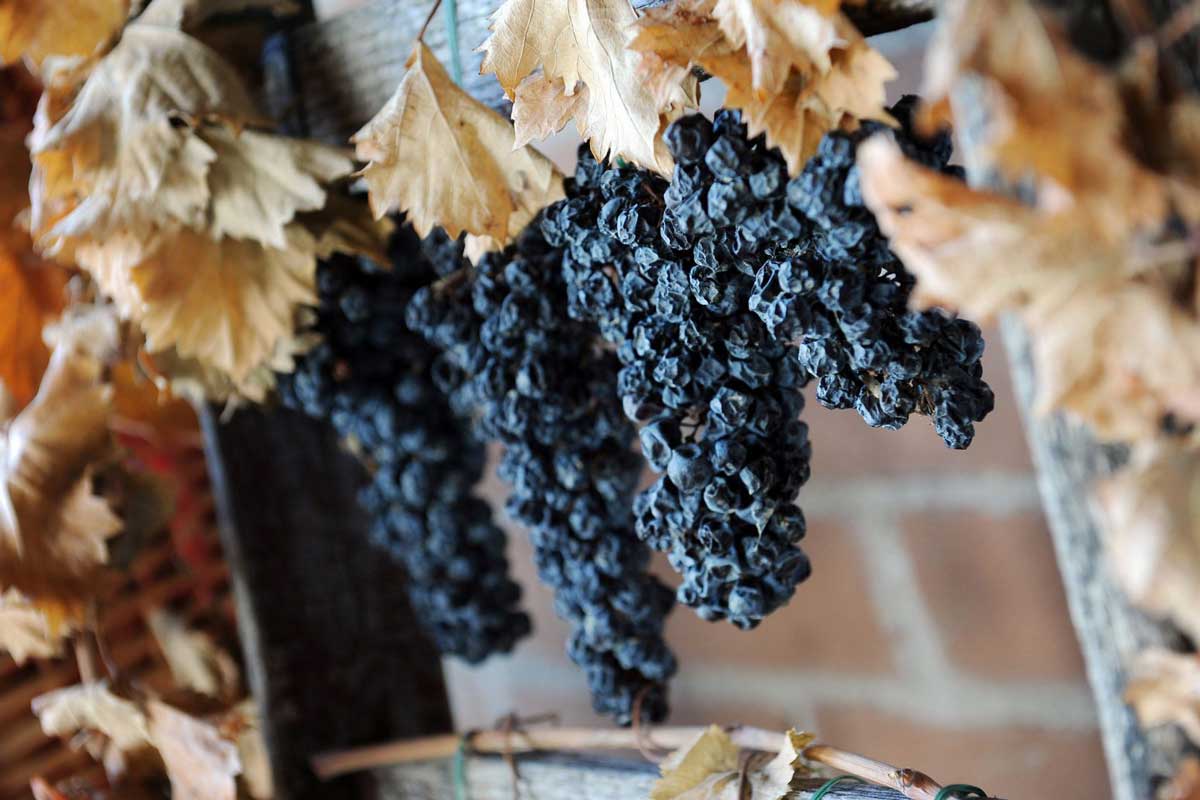
The method of producing dessert wines
To make dessert wines, winemakers let grapes ripen longer on the vine. This process concentrates the sugars and flavors, but also acids, making the wine sweeter and richer, but still balanced. Sometimes grapes are deliberately left to be affected by Botrytis cinerea, a noble rot that adds unique tastes and complexity.
These steps demand careful attention during both the ripening and harvesting phases.
After picking, these ripe or botrytized grapes undergo fermentation. Winemakers control this stage meticulously to preserve the desired sweetness levels. The result is a variety of dessert wines with distinct characteristics—from sparkling Asti Spumante to silky sweet red Prošek.
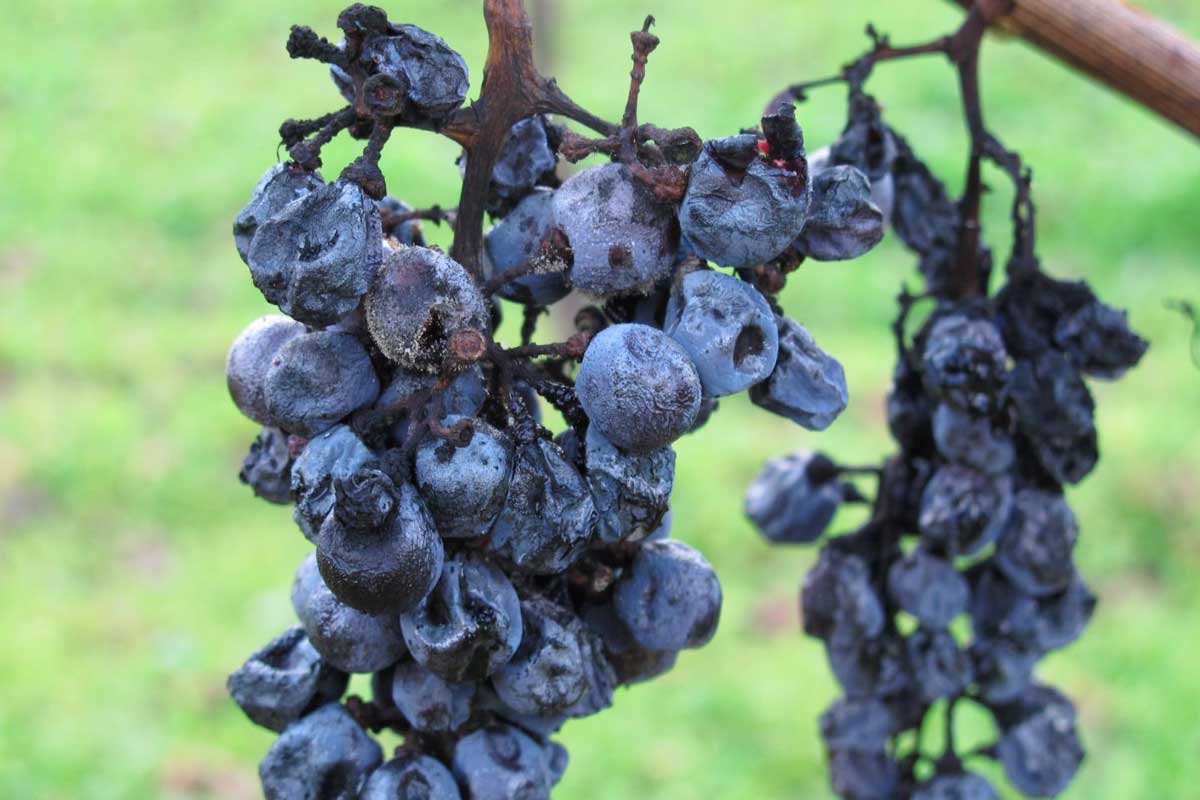
Prošek: The Croatian Jewel
Prošek stands out as Croatia’s pride in the vast ocean of dessert wines. This unique wine captures the essence of Croatian heritage, inviting enthusiasts to explore its rich flavors and traditions.
Understanding Prošek
Croatian dessert wines grab the attention of wine enthusiasts everywhere, and Prošek stands out among them. This sweet delight is crafted through a detailed process that sees grapes ripening on the vine longer than usual.
Some of these grapes might even welcome a touch of noble rot, thanks to Botrytis cinerea—a fungus that spikes their sweetness and adds complexity to the flavor profile, but it’s not common with Prošek.
The magic happens as winemakers carefully select the overripe grapes to create Prošek’s distinctive taste.
The journey from vineyard to bottle involves several steps—beginning with harvesting at just the right moment. Winemakers then press those late-harvested grapes gently, keeping the essence of what makes Prošek so special intact.
Each bottle tells a story of tradition mixed with precision, offering drinkers a sip into Croatia’s rich wine culture. Let’s explore how exactly Prošek comes to life through its making process.
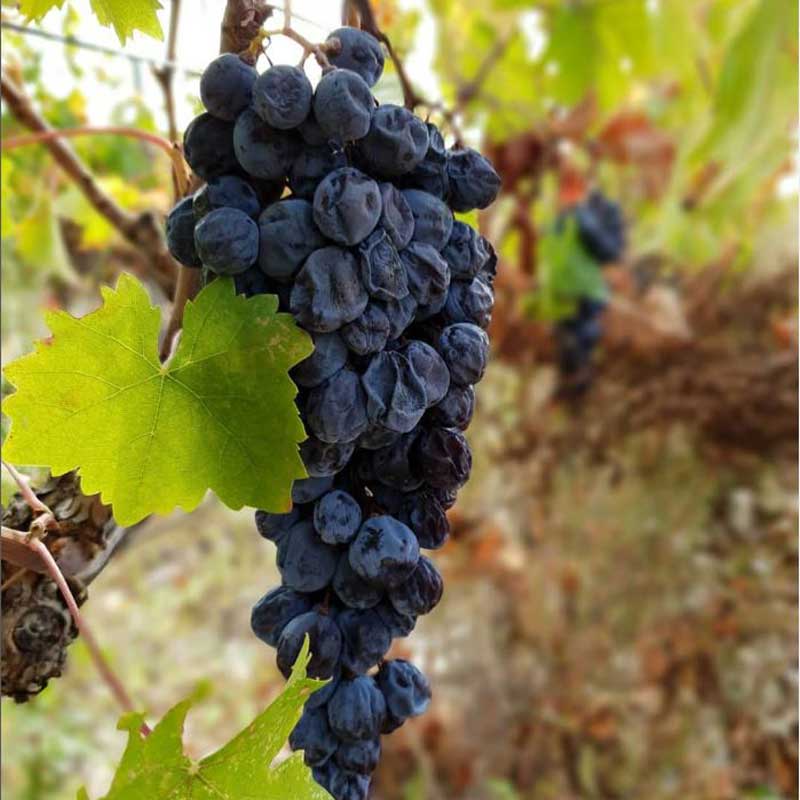
The making process of Prošek
Making Prošek starts with picking indigenous grapes by hand in Croatia’s sunny vineyards. The workers choose only the ripest healthy(!) grapes, ensuring high quality. Then, they dry these grapes under the sun or inside airy rooms to concentrate their sugars and flavors—a technique also known as “passito method.” This process makes the grape juice very sweet and perfect for dessert wine.
However, if the winemaker trusts the grapes will stay healthy and unspoiled by wasps or birds, for example, the grapes could be left on the vine to naturally dehydrate and concentrate.
Next, this sweet juice ferments slowly for as long as it needs to, a crucial step that adds depth and character to Prošek. After aging in oak, the wine rests again but this time in bottles for six months before it hits the market.
This double rest period allows all those complex flavors to meld together beautifully, resulting in a truly exceptional red dessert wine loved worldwide.
Of course, Prošek will never become a worldwide bestseller. The available quantities are miniscule in comparison and prices exuberant. Despite higher prices compared to ordinary wines, most Prošek wines are made from a desire to preserve and interpret tradition, not to make a fortune.
Testament Prošek: The Best Red Dessert Wine
Testament Prošek stands out as the top choice for red dessert wine. Its unique taste captures the essence of Croatian winemaking tradition.
Features & Description (Testament Prošek)
Testament Prošek is a premium red dessert wine from Croatia, loved for its rich flavors and organic origins. It comes alive not through the passito method of drying the grapes but is made from the grapes dried on the vines.
This unlocks intense aromas of ripe cherries, raisins, dried plums, and orange zest that dance in every glass. Testament Prošek then merges these with hints of indigenous Babić grapes, creating a perfect harmony between subtle sweetness and robust character.
Testament winery is extremely dedicated to Babić grape. They make Babić in many incarnations: as a sparkling rose, as a still rose, as a simple fruity red wine, as an aged complex red wine, as a sweet wine – prošek.
Aging brings out even more layers of honey, caramel, and dry fruits in this wine. With each sip, you’re treated to a testament of Croatian winemaking heritage. Whether served alone as the perfect end of a meal or alongside a platter of aged cheeses and desserts, it promises an unforgettable indulgence for your taste buds.
The dedication to using organically grown grapes ensures that each bottle not only tastes good but feels good too.
Moving on to explore the pros & cons gives us deeper insights into what makes Testament Prošek truly special.
Pros & Cons (Testament Prošek)
Exploring the nuances of Testament Prošek reveals a fascinating journey into the heart of Croatian viticulture. This red dessert wine, crafted with meticulous care from an indigenous grape variety, stands as a testament to the rich wine-making heritage of Croatia.
Below, we delve into the pros and cons of this exquisite wine, guiding you through its unique attributes and considerations.
| Pros | Cons |
| Made from indigenous grape varieties, reflecting the authentic taste of Croatia’s terroir. | May be harder to find on the international market due to limited production. |
| Features an organic production process, appealing to eco-conscious consumers. | Pricier than some other dessert wines, given its quality and organic credentials. |
| Boasts a semi-dry profile with complex notes of prunes, ripe fruit, sage honey, and dark chocolate. | Its unique taste may not cater to all palates, especially those new to dessert wines. |
| Carries the prestige of international awards, making it a must-try for wine enthusiasts. | The taste profile is so distinct that it might overshadow lighter desserts. |
| Embodies a touch of minerality, and a refreshing finish unusual for dessert wines. | Due to its richness, it’s best enjoyed in moderation, potentially limiting its serving occasions. |
Crafting an experience around Testament Prošek invites a dive into the broader spectrum of Croatian dessert wines, each with its own story and character.
Prošek Serving Suggestion
- Not only Testament, but every Prošek should be served chilled as a fresh white wine (8℃ / 46℉), and in a smaller white wine glass, or dessert wine glass.
- Should be poured between 0.05 and 0.1 L in the wine glass.
- It should be enjoyed slowly, allowing it to warm up to room temperature. So it could gradually reveal its complexity with time and with warming up.
Other Notable Croatian Dessert Wines
Croatia offers much more than just Prošek. Discover wines like Stina Prošek and Iločki Podrum Gewürztraminer Ice Wine that highlight the country’s rich wine tradition.
Kabola Momjan Muscat
Shifting from the tradition of Prošek, we encounter another gem of Croatian winemaking – Momjan Muscat. This perfect example comes from the renowned Kabola Winery, set in a picturesque wine-producing area of Istria.
Known for its light body and drinkability, Momian Muscat showcases unique characteristics that stand out in the dessert wine category. After all, it is recognized as a separate expression of the vast family of Muscat grapes.
Evolved alongside the hills of Momjan in Istria, Momjan Muscat claims its distinction. Its aroma is a delicate bouquet of wild carnations, roses, and sage. Its harmony is an equilibrium between the unfermented sugars and delicate freshness. Its ethereal touch is what sets Momjan Muscat apart.
Upon tasting Kabola Momjan Muscat, one finds it highly aromatic and rich yet playful on the palate—qualities that make it not just enjoyable but truly memorable. Crafted with care and dedication, this varietal exemplifies Croatian viticulture’s investment in quality and taste refinement over simple bulk production.
Each sip promises an experience filled with engaging aromas and flavors that lead to a satisfying finish without overpowering sweetness or heftiness sometimes found in other dessert wines.
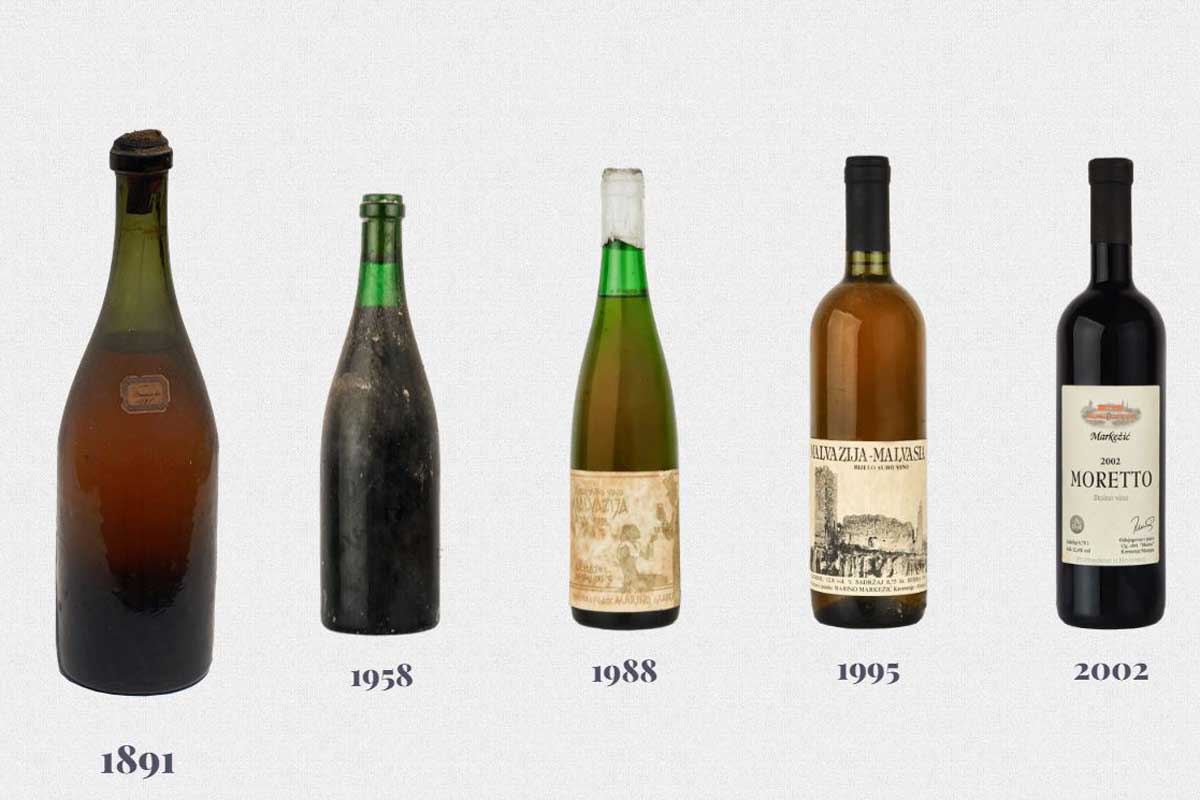
Iločki Podrum Gewürztraminer Ice Wine
Even further from the ripe allure of Prošek, we find ourselves exploring another Croatian gem, the Iločki Podrum Gewürztraminer Ice Wine. This exquisite wine hails from the Iločki Podrumi winery, renowned for mastering dessert wines.
Crafted from grapes frozen on the vine at chilling temperatures below minus 7 °C, this process ensures a concentration of sugars and flavors. The ice-wine harvest requires at least three frosty days to achieve perfection.
The result is a wine that dazzles with its gold-yellow to amber hue, offering a taste experience that’s both rich and creamy yet complex in flavor. Borderline botrytis notes are legendary in each late harvested Traminer from Ilok. However, ice wine truly stands out as a testament to Croatia’s prowess in winemaking, especially in producing top-notch dessert wines like no other.
Bodren Chardonnay Ice Wine
Bodren Chardonnay Ice Wine stands out as a gem among Croatian dessert wines. Its unique flavor profile comes from grapes frozen while still on the vine. This method concentrates the sugars and acids, resulting in a wine with rich tastes and aromas.
Known for its quality, this wine has earned accolades at international competitions. In fact, Bodren has received the highest awards for every single wine ever submitted to an international jury panel, especially the Decanter World Wine Awards.
Bodren’s ice wine production is a testament to Croatia’s innovative approach to winemaking. The careful process involves not only harvesting but also growing the grapes under specific conditions to ensure their ideal state for creating this exquisite dessert wine.
The result? A delightful balance of sweetness and acidity that captures the essence of Chardonnay grapes at their peak, making it a sought-after choice among connoisseurs around the globe.
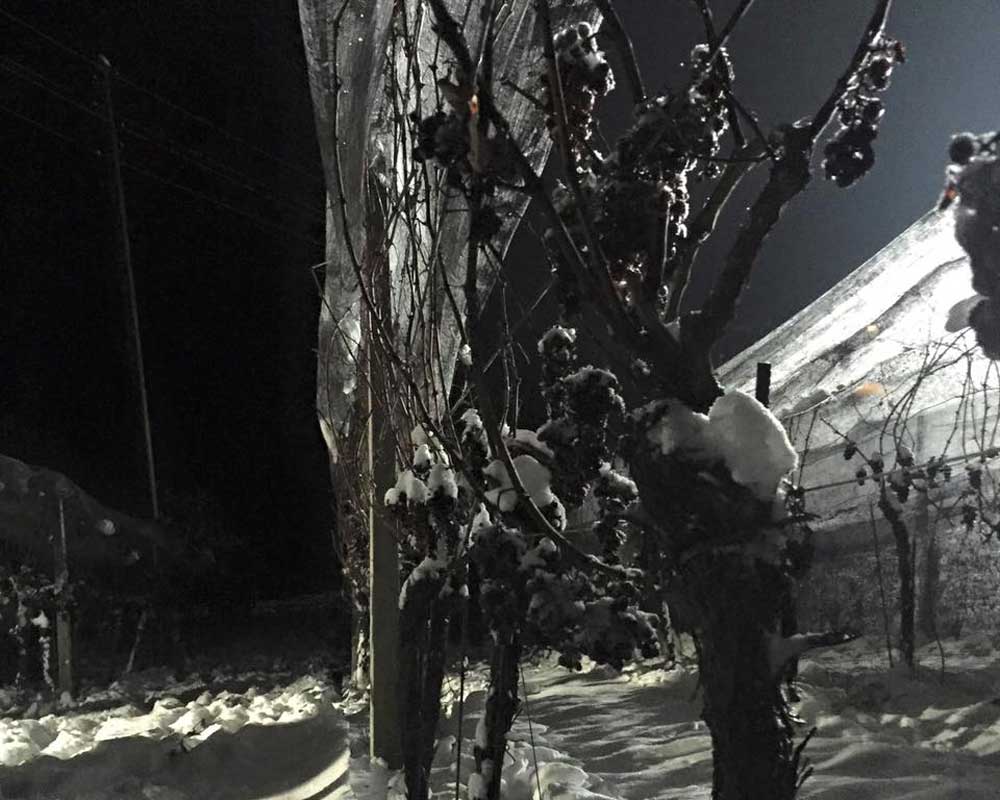
Benvenuti Muscat San Salvatore
Another Istrian winery, the Benvenuti winery, located in Kaldir, Croatia, crafts the exquisite Benvenuti Muscat San Salvatore. This sweet wine comes from Muscat grapes, known for their rich flavors. Experts at the Benvenuti Winery pour their knowledge into every bottle.
Their work has earned global praise for both taste and quality, vintage after vintage.
As a result, Benvenuti Muscat San Salvatore stands out as a shining example of Croatian dessert wine excellence. Awards and accolades at prestigious competitions attest to its high standing. Wine lovers treasure it for its tradition and exceptional craftsmanship.
This wine reflects the dedication to the vineyard and cellar that marks Croatia’s winemaking heritage.
Frequently Asked Questions
Curious about Croatian dessert wines? We’ve got answers to the most burning questions, leading you closer to the sweet world of Prošek.
What sets Croatian dessert wines apart?
Croatian dessert wines stand out because they come from unique grape varieties. These grapes have grown in Croatia for centuries. The country’s diverse climate and soil let these grapes develop rich flavors.
This makes Croatian dessert wines different from others.
These wines mix old traditions with new tastes. They can be made from both local and international grape types, like Traminac and Muscat. This variety gives each wine a special taste and smell.
Croatian dessert wines show the country’s rich winemaking history through every sip.
Is Prošek wine sweet?
Yes, Prošek wine stands out for its richness and sweet profile, making it a favored dessert wine. This sweetness comes from the traditional method of drying grapes before fermentation, concentrating their sugars.
The process results in a wine that beautifully balances sweetness with complex flavors.
This Croatian delight is crafted using indigenous grape varieties, ensuring each sip carries a unique taste of the region’s rich winemaking heritage. Its organic production enhances its allure, offering a natural sweetness accompanied by nuances of fruits and spices.
Prošek truly captures the essence of Dalmatian dessert wines with its delectable sweetness and captivating aroma.
What is the taste profile of Prošek?
Imagine savoring the richness of dried fruits, including figs and candied citrus peel, in every sip. This dessert wine also surprises with flowery hints and fresh fruit touches within its sweet, creamy texture.
Sage honey and apricot flavors linger for a delightful aftertaste. It’s a sweet wine that warms the palate while remaining soft and approachable.
This Croatian gem offers more than sweetness; it brings a touch of minerality that balances its profile beautifully. The experience is like wandering through a sun-kissed orchard where every fruit promises an explosion of flavor—making Prošek not just a drink but an adventure in taste.
Conclusion
Croatian dessert wines have made a significant mark on the international stage. Esteemed wine competitions across the globe have recognized their quality, shining a light on Croatia’s winemaking prowess.
This acknowledgment goes beyond mere medals and certificates. It speaks to the expertise of Croatian winemakers who’ve mastered the art of producing exceptional dessert wines like Prošek.
Discovering Prošek reveals a world where tradition and taste meet. Have you thought about exploring the depth of dessert wines? This journey through the landscape of Croatian dessert wines, especially Prošek, shows just how rich and varied these flavors can be.
From its delicate aromas to its complex production process, understanding Prošek opens doors to new wine experiences. Why not seek out a bottle of Testament Prošek and toast to the artistry behind one of the world’s finest red dessert wines?



